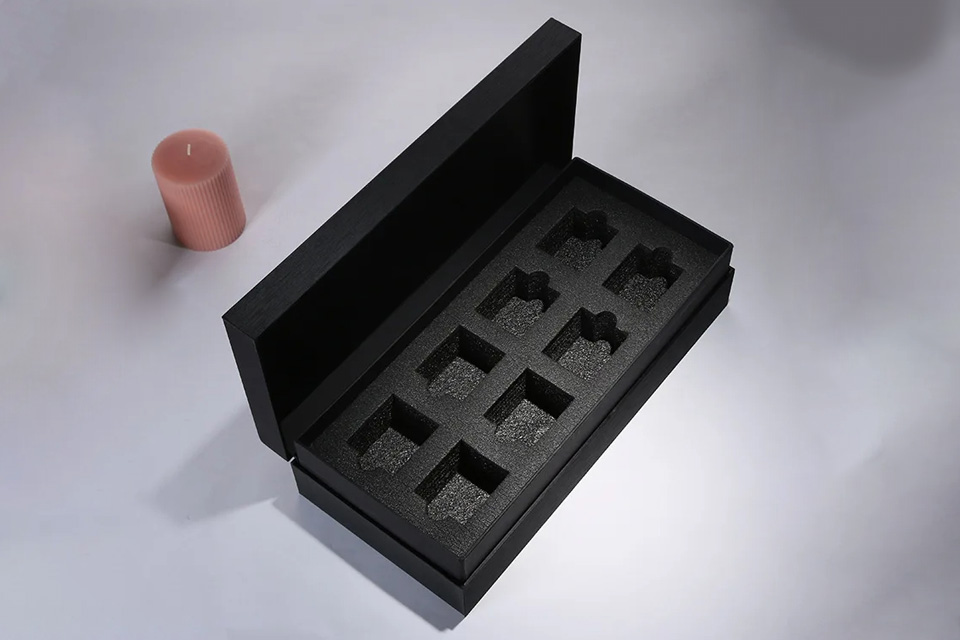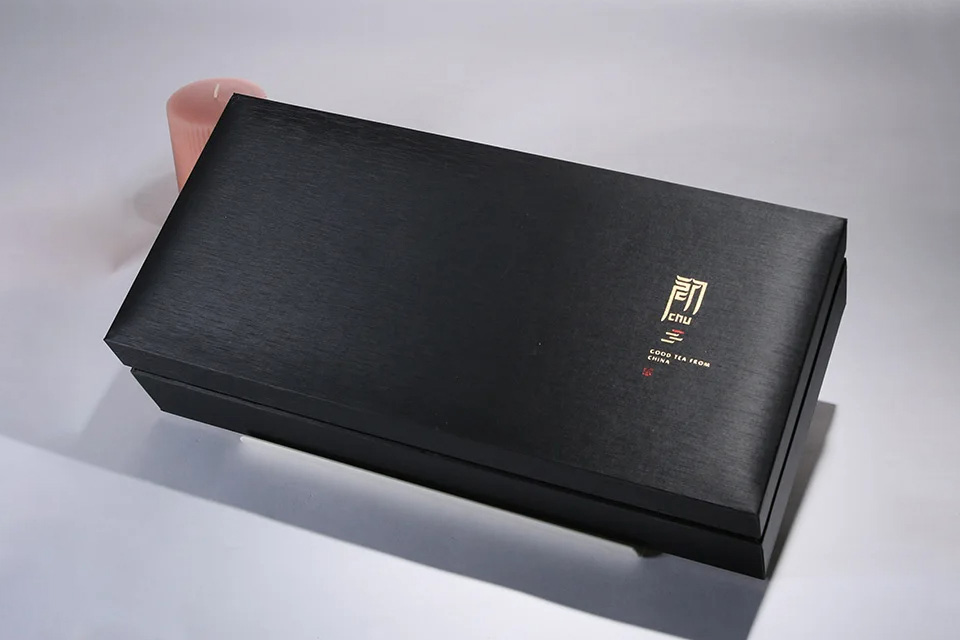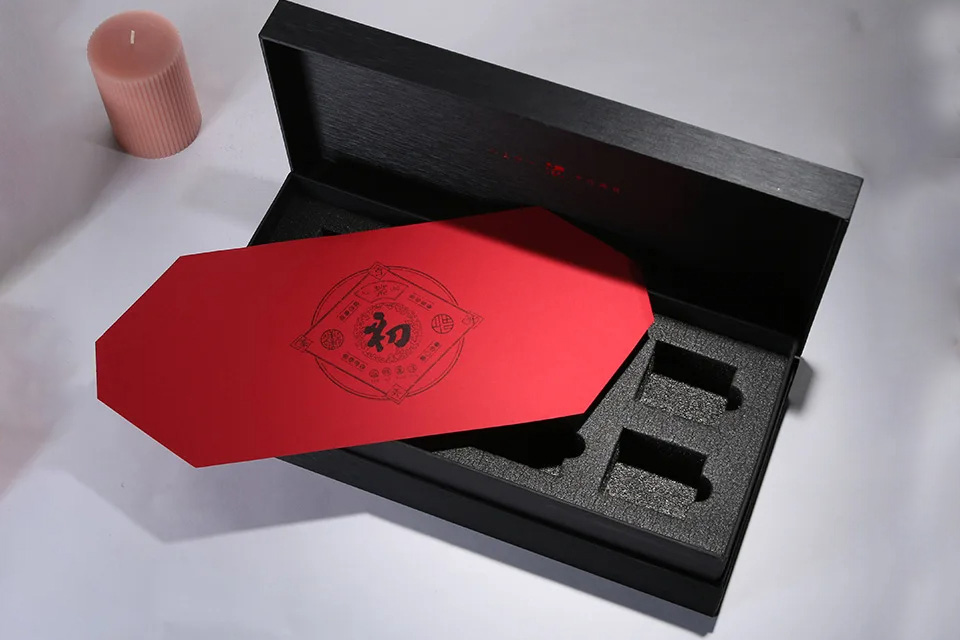Multi-dimensional innovation and sustainable future: decoding the five core trends of high-end packaging
Multi-dimensional innovation and sustainable future: decoding the five core trends of high-end packaging
Abstract
Driven by the dual drive of consumption upgrading and environmental awareness, the high-end packaging industry is undergoing multi-dimensional innovation. From visual stylization, anti-counterfeiting technology innovation, to sustainable material application, intelligent interactive technology integration, and exploration of circular economy models, high-end packaging has evolved from a simple product protection function to an important carrier for brand value transmission, consumer experience enhancement, and environmental responsibility. This article combines industry trends and authoritative cases to systematically explain the five core development directions and their far-reaching impact on market competitiveness.
1. Visual stylization: personalized design leads brand differentiation competition
The visual stylization trend of high-end packaging is deepening from "aesthetic expression" to "emotional resonance". In recent years, brands have enhanced their recognition through regional cultural elements (such as the landscape conception of Kweichow Moutai packaging), minimalist design (such as the sans serif fonts and solid color tones of Apple products), and dynamic visual technology (such as gradient inks and light-sensitive materials). For example, the Japanese sake brand Dassai has successfully entered the international high-end market by integrating traditional Ukiyo-e with modern geometric graphics. Studies have shown that differentiated packaging can increase consumers' willingness to buy by 37%. This trend requires designers to achieve breakthroughs in color psychology, material touch and layout innovation to avoid homogeneous competition.
2. Sustainable materials: Environmentally friendly technology reconstructs the packaging value chain
The global plastic pollution crisis forces the innovation of packaging materials. The EU's "Plastic Strategy" requires that 55% of plastic packaging be recyclable by 2025, and promotes the annual production capacity of bio-based materials (such as PBAT and PLA) to increase by 15%. Typical cases include:
- Edible packaging: Notpla has developed a seaweed-based film for beverage capsules and condiment packaging, with a degradation cycle of only 4-6 weeks.
- Plant-based bioplastics: Corona beer and Parley have cooperated to launch a marine plastic recycling bottle, which contains 30% coastline recycled PET.
- Recycled paper innovation: Hermès' "Petit h" series, launched in 2024, uses a mixture of bagasse and bamboo fiber, which increases strength by 40% and reduces carbon footprint by 65%. Sustainable materials have turned from a cost burden to a brand premium point. Lush naked shampoo soap has achieved an annual sales growth of 23% due to its zero packaging design.
3. Intelligent anti-counterfeiting: Digital technology builds a trust barrier
The problem of counterfeit high-end consumer goods causes an annual loss of US$300 billion worldwide, giving rise to anti-counterfeiting technology iterations:
- Physical anti-counterfeiting: Moutai uses laser micro-engraving bottle caps and RFID dual authentication, and the anti-counterfeiting cost per bottle is increased to 8%.
- Digital interaction: Hennessy XO uses NFC chips to trace the supply chain. Consumers can scan the code to view the full-link data such as the distillation year and the source of the oak barrel.
- Blockchain application: LVMH Group's AURA platform chains the information of each luxury packaging to ensure an unalterable record from raw materials to retail terminals. According to the Deloitte report, packaging that integrates smart anti-counterfeiting can increase brand trust by 52% and repurchase rate by 29%.
4. Interactive experience: AR and data-driven scenario marketing
Smart packaging is transforming from an "information carrier" to an "experience portal":
- Augmented reality (AR): Absolut Vodka's 2024 limited edition packaging has a built-in AR tag, which can be scanned to watch the bartender's holographic teaching video, with an interaction rate of over 45%.
- Dynamic data feedback: Nestle coffee capsule packaging integrates temperature-sensing ink, which indicates the best brewing time through color changes, reducing user operation errors by 30%.
- User participation in design: The Nike By You platform allows consumers to customize shoe box patterns and materials, and the proportion of customized orders has jumped from 7% in 2019 to 22% in 2024. Such technology makes packaging a traffic portal. Gucci's beauty line has increased its packaging recycling rate to 68% through a code scanning points system.
5. Circular Economy: Reconstructing the "Production-Consumption-Regeneration" Closed Loop
The annual global production of packaging waste exceeds 600 million tons, driving business model innovation:
- Repeated filling system: Unilever launched a recyclable aluminum bottle shampoo in Southeast Asia, and through the deposit system, the packaging reuse rate reached 12 times, reducing costs by 18%.
- Biodegradable closed loop: Puma cooperated with German chemical giant BASF on Clever Bag, using compostable mycelium materials, which can be completely degraded into organic fertilizer in 180 days.
- Shared packaging platform: Loop Alliance integrates Procter & Gamble, Coca-Cola and other companies to provide stainless steel lunch boxes and glass bottle rental services, reducing disposable packaging by 76%. According to McKinsey's calculations, the circular economy model can save the fast-moving consumer goods industry packaging costs by US$24 billion per year.
Summary
The evolution of high-end packaging is essentially a triple revolution in technology, aesthetics and ethics. Visual stylization builds a brand moat, sustainable materials reshape the industrial ecology, intelligent anti-counterfeiting and interactive technologies create incremental value, and the circular economy model points to the ultimate environmental protection goal. In the future, with the deepening of the EU's "Green New Deal" and China's "Dual Carbon" policy, the packaging industry will accelerate its transformation to a "negative carbon production chain" (refer to the [European Environment Agency] (https://ec.europa.eu) and [China Circular Economy Association] (http://www.chinacace.org) policy documents). Only by treating packaging as a strategic asset rather than a cost item can brands take the lead in the green consumption wave.



